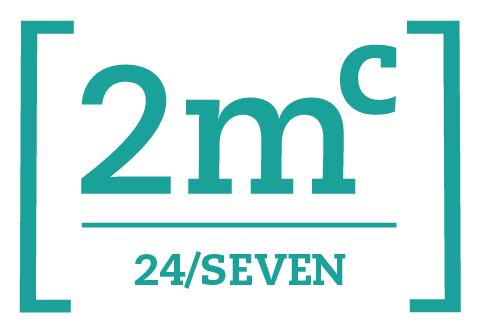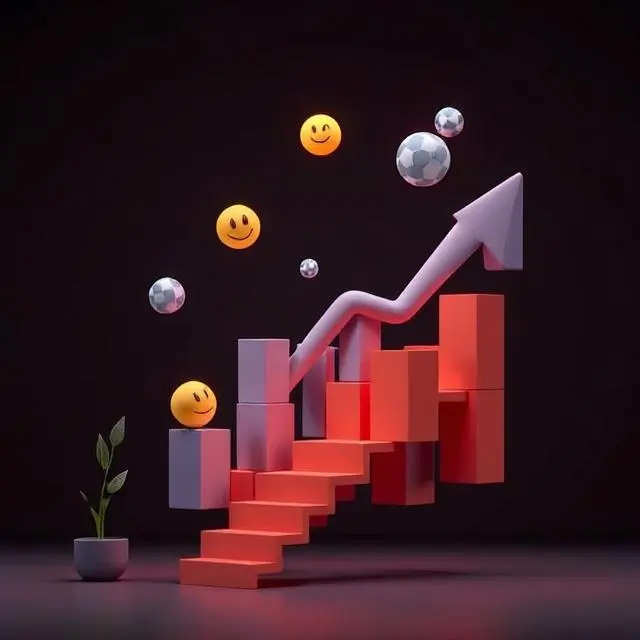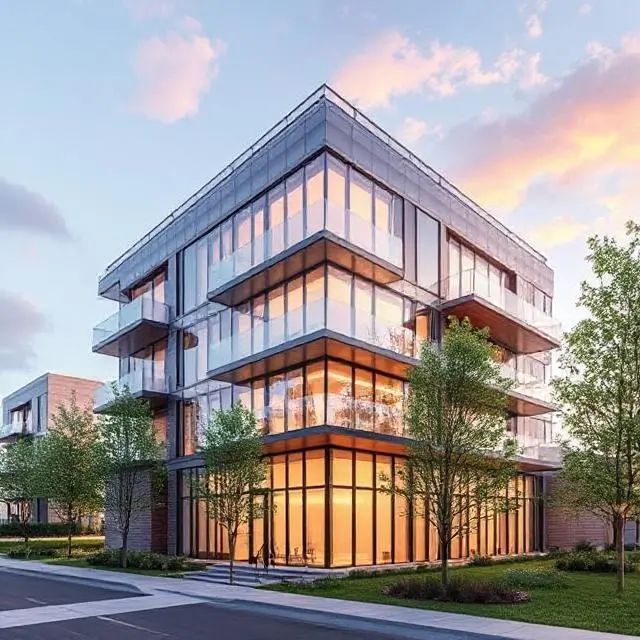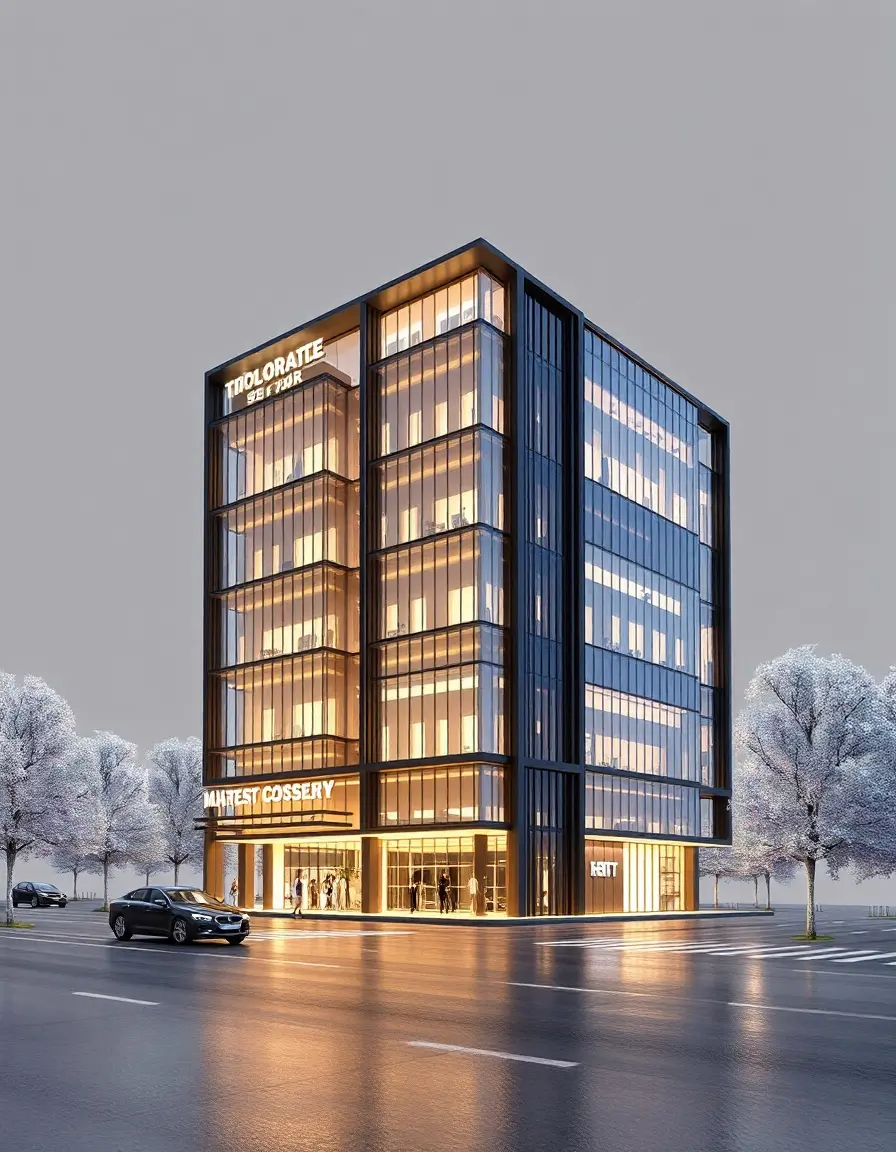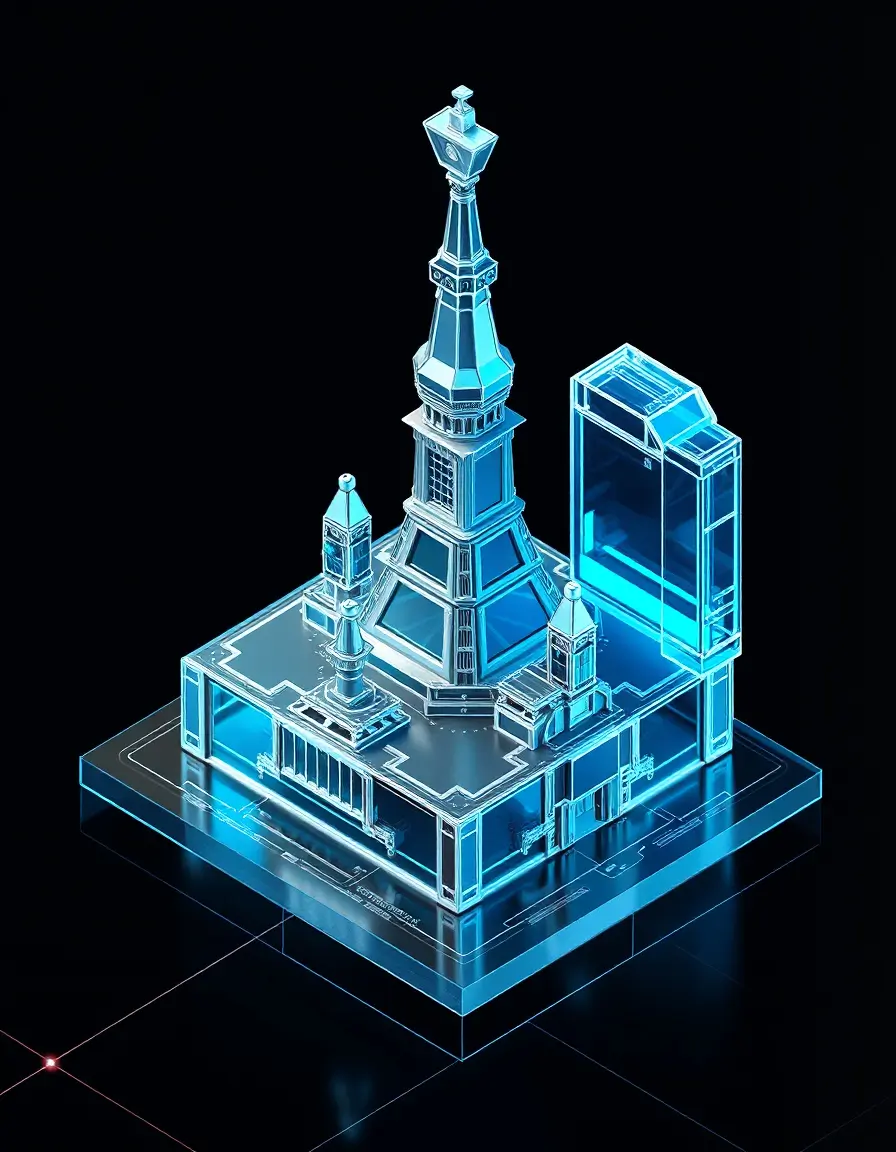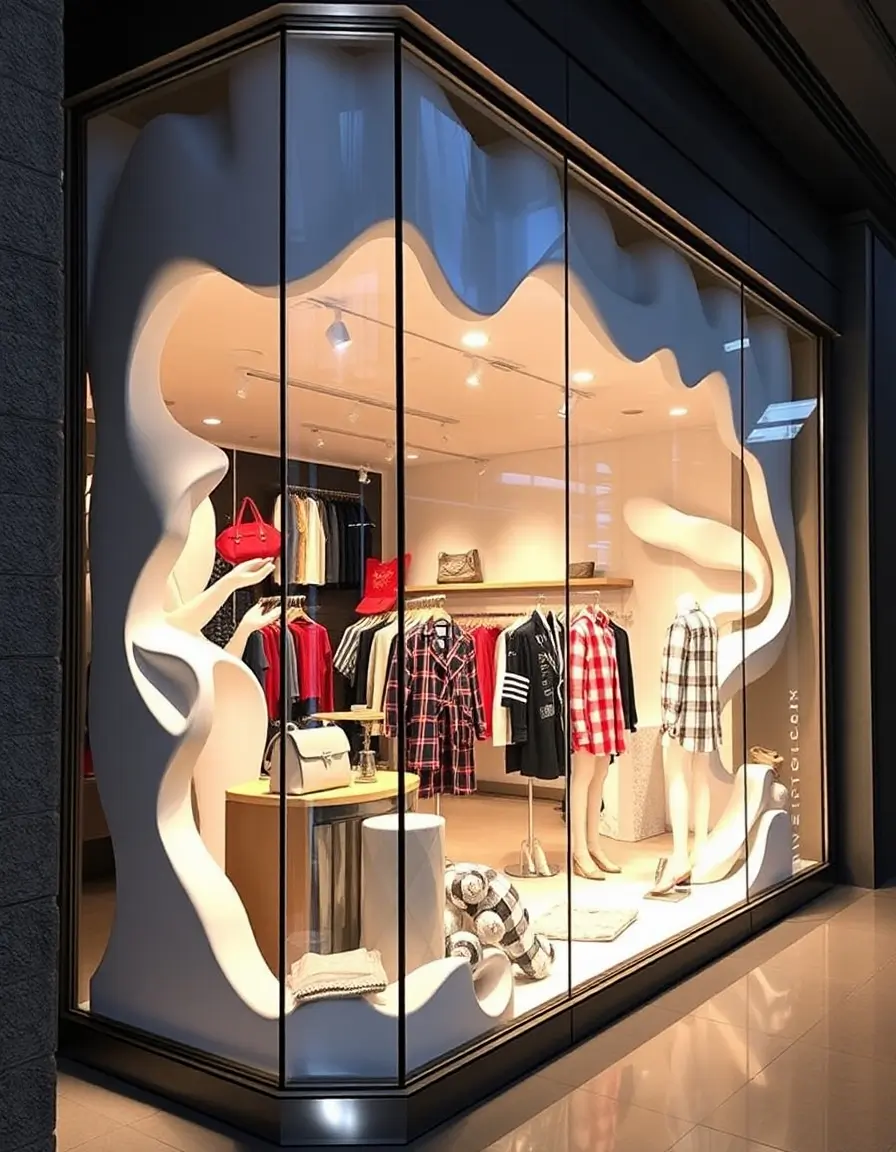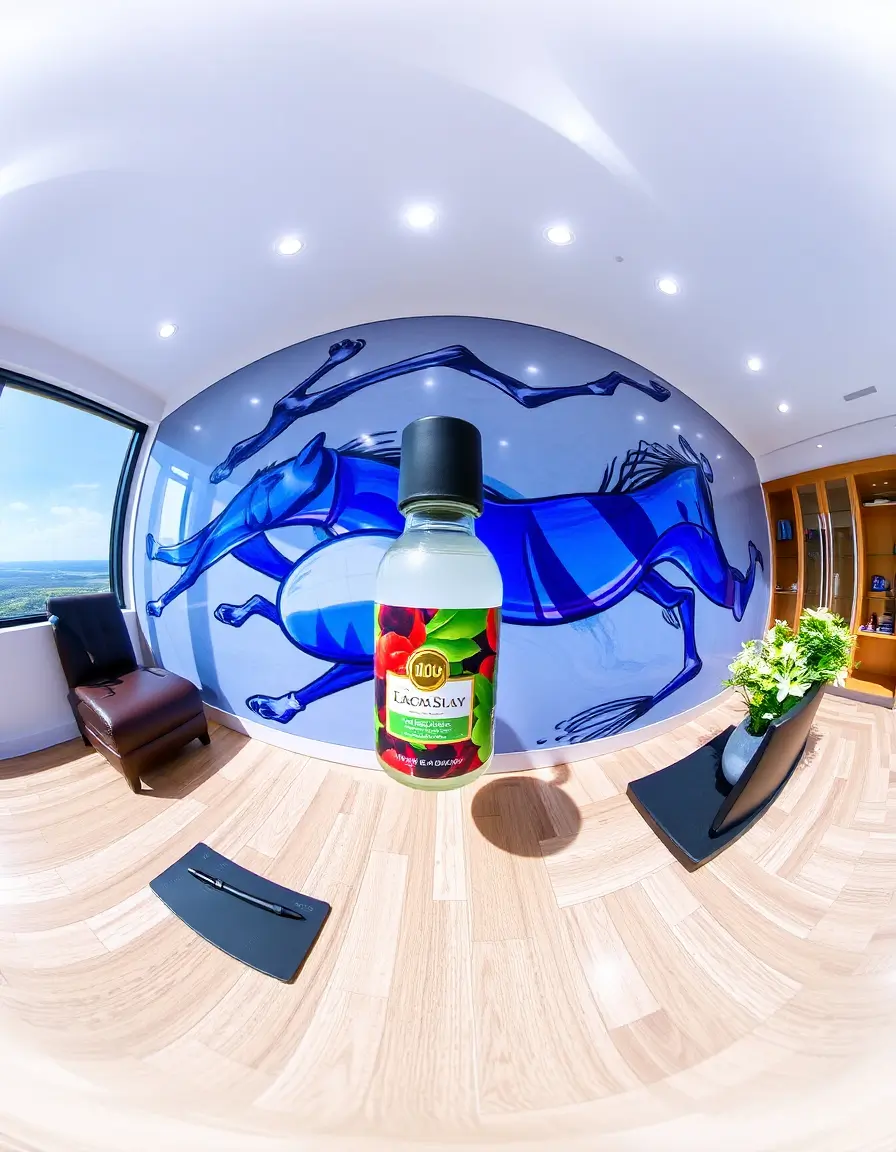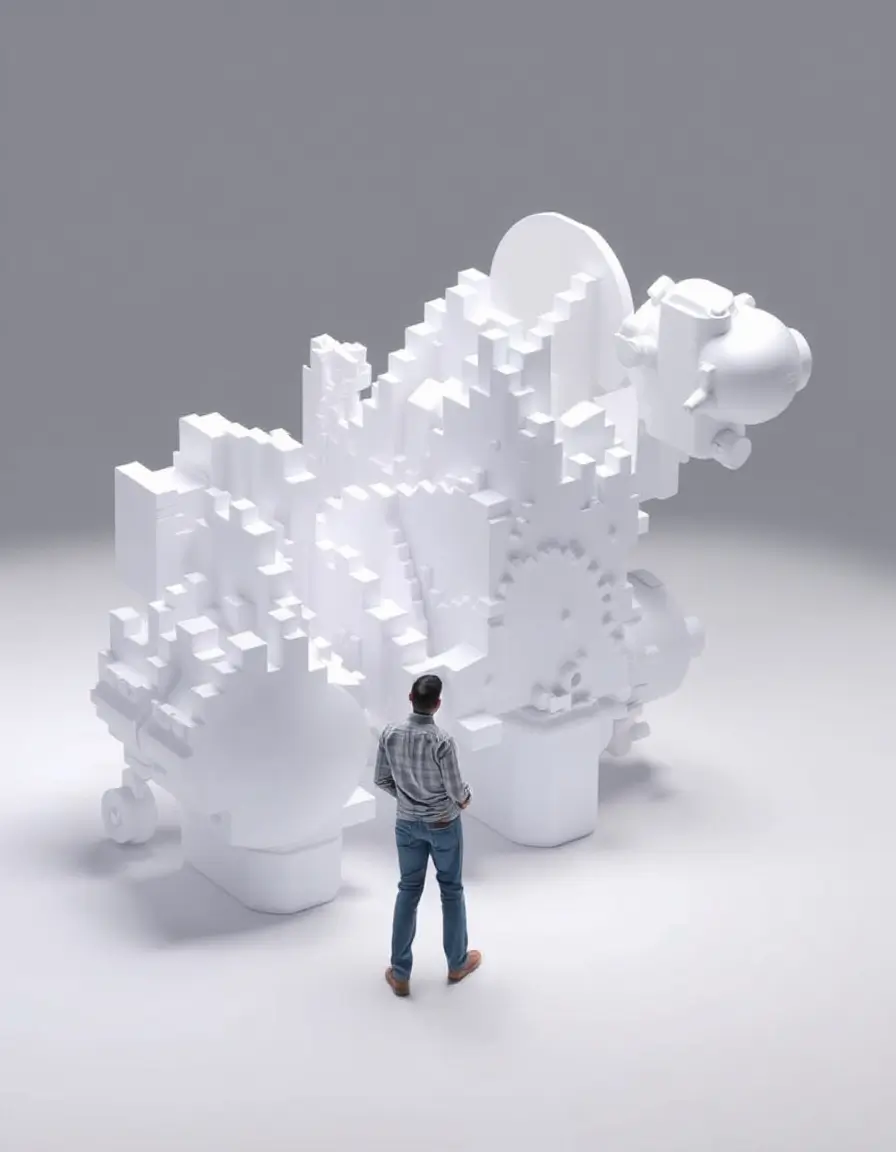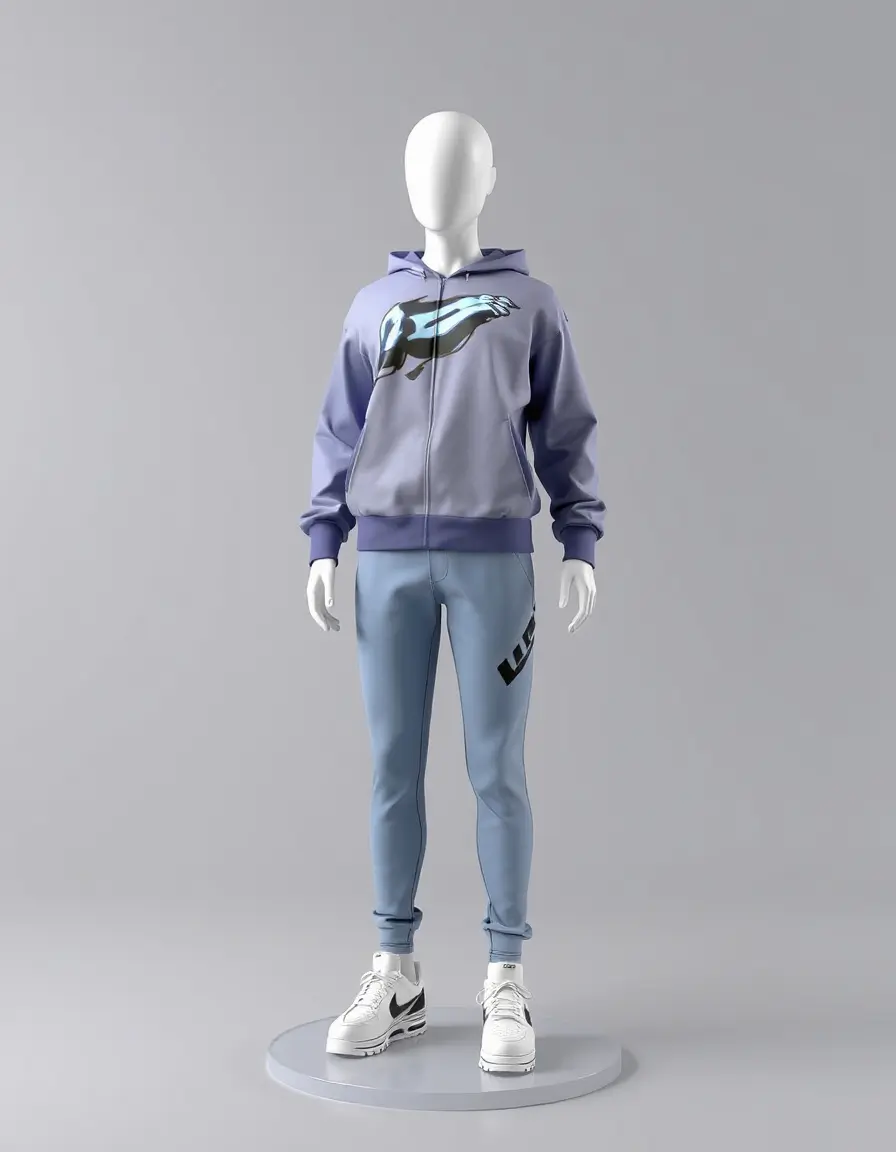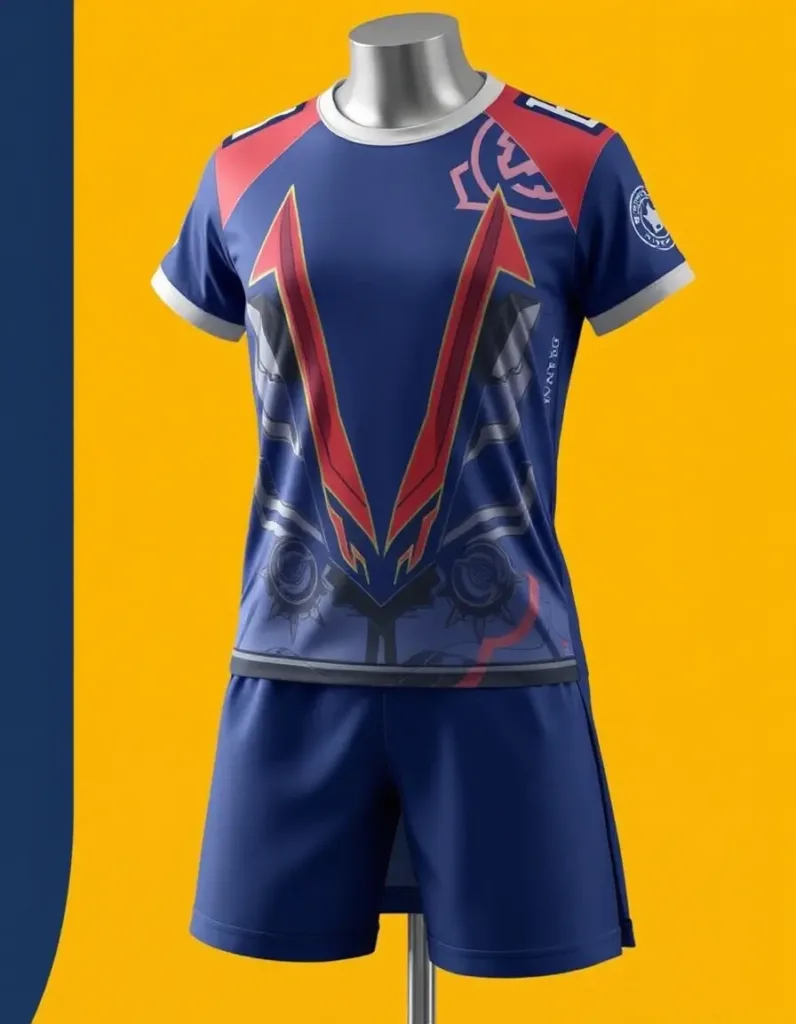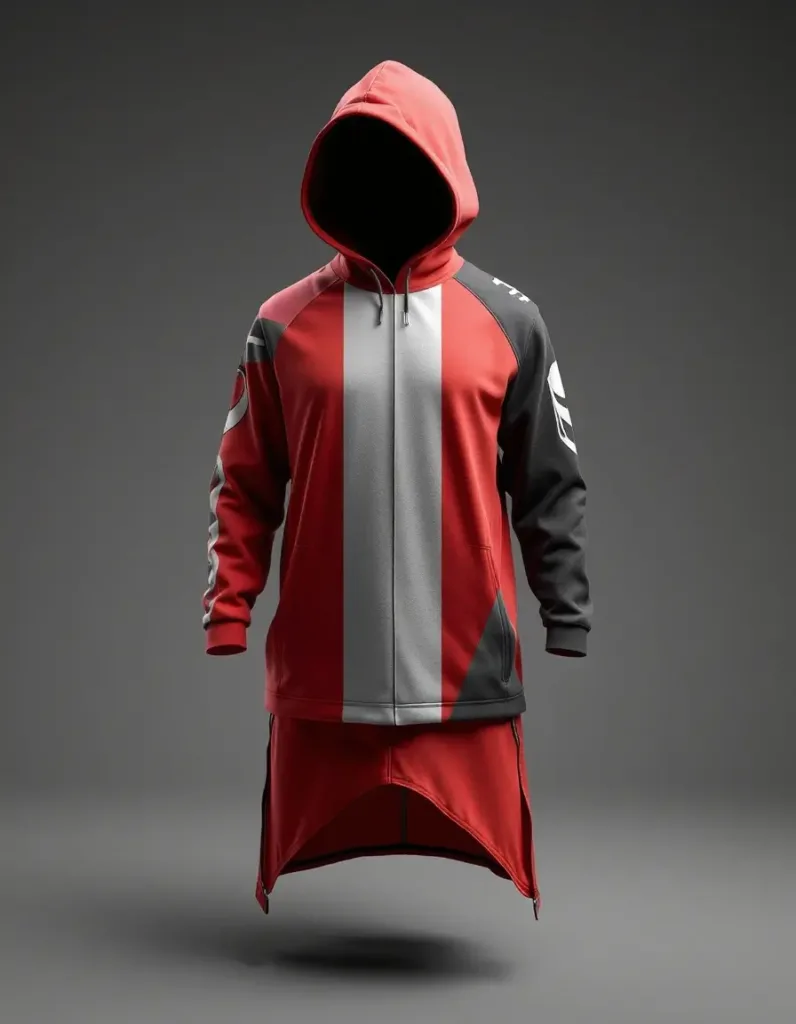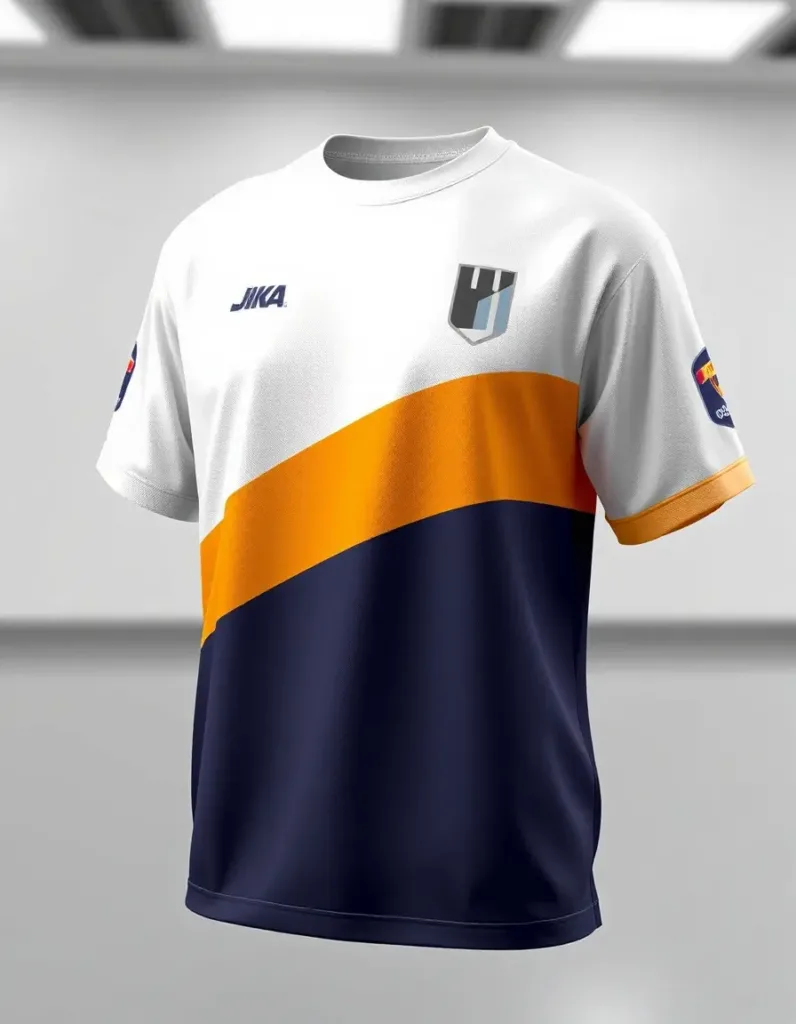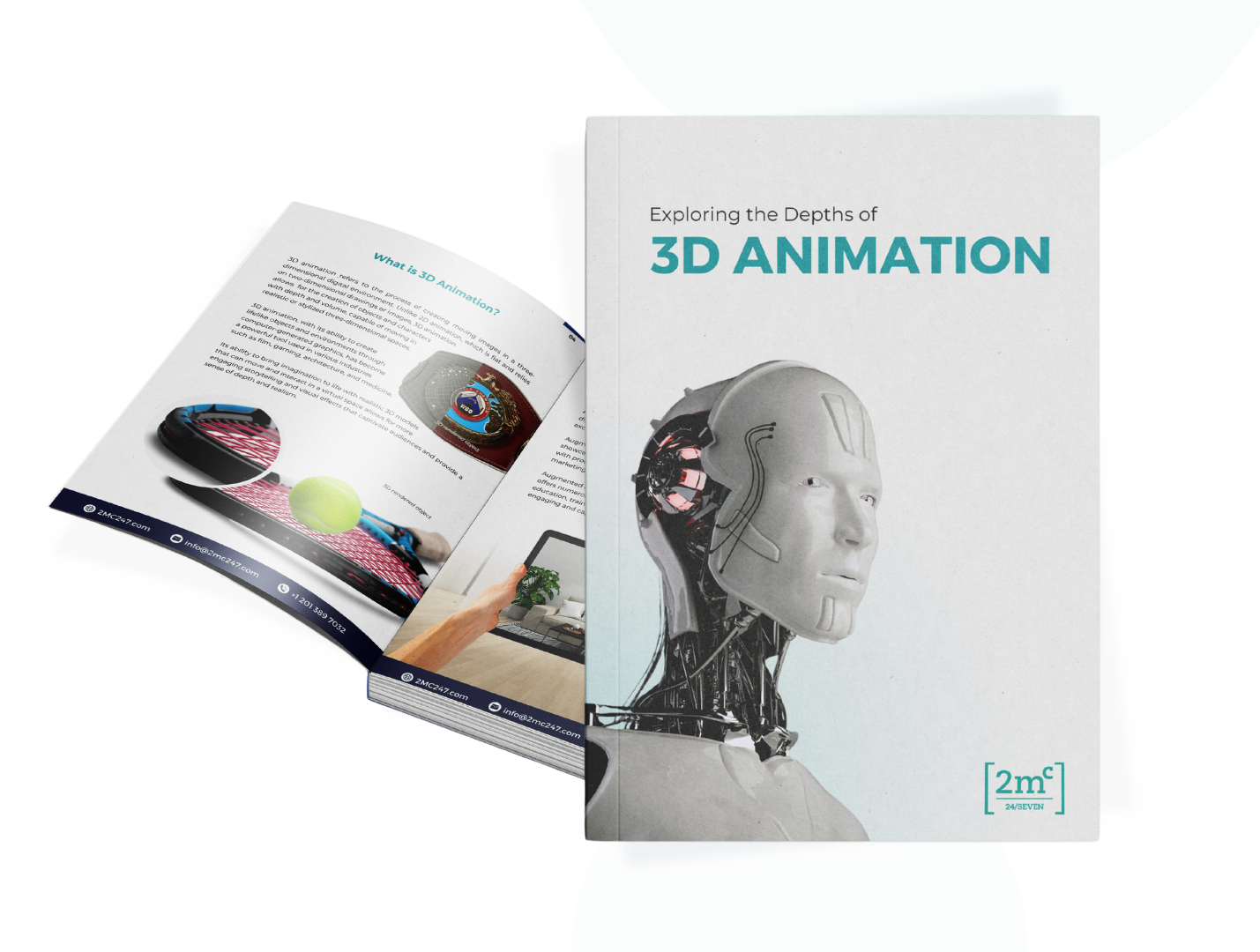In the fast-moving world of B2B, standing still is not an option. Whether you’re selling industrial equipment, furniture, packaging solutions, or retail fixtures, the way you present your products matters more than ever. The competition is fierce, customer expectations are high, and decisions are made faster than ever before.
So, what’s helping leading B2B companies stay ahead of the curve?
The answer is clear: good 3D design.
Let’s explore how smart, professional 3D design is helping B2B companies grow — not just in theory, but in real, measurable ways.

Bringing Complex Products to Life
B2B products are often technical, customized, or large-scale. Explaining them with words and flat images can only go so far. But with good 3D design, you show your clients exactly what they’re getting. No guesswork. No confusion.
When prospects see realistic, detailed 3D visuals, they understand the value of your solution immediately. This clarity builds confidence, shortens sales conversations, and helps move deals forward faster.
Winning Trust Before the First Sale
In B2B, trust is everything. Your buyers are making big investments and long-term commitments. They want to know you’re reliable.
High-quality 3D designs give your brand a polished, professional image. It shows you care about the details and you’re serious about quality — from your marketing materials to the final product. This visual trust factor often becomes the silent closer in many deals.
Accelerating the Sales Process
Time is money. The faster you move a prospect from interest to decision, the better.
With 3D design, you skip lengthy explanations. Instead, you provide instant visual proof. Whether it’s a detailed product visualization, a realistic environment setup, or a fully interactive configurator, you give buyers what they need to say “yes” sooner.
Faster decisions mean more closed deals in less time.
Reducing Errors and Costs
Mistakes in production are costly. Misunderstandings about specs? Even worse.
Good 3D design helps avoid these pitfalls by making everything crystal clear before manufacturing begins. Clients can review and approve visuals that represent the final product accurately, reducing rework and ensuring smoother operations from concept to completion.
Scaling Marketing and Sales Efforts
Once you have a library of 3D assets, you can repurpose them across your website, sales presentations, digital ads, catalogs, and virtual events. This not only saves time and money but also ensures brand consistency across all touchpoints.
As you scale, your 3D visuals scale with you — supporting growth without multiplying costs.
Preparing for the Future
Finally, 3D design doesn’t just help you grow today — it sets you up for tomorrow.
With ready-to-use 3D assets, you’re future-proofing your business for emerging trends like augmented reality (AR), virtual reality (VR), and interactive web experiences that are rapidly becoming standard in B2B sales environments.
Ready to Grow Smarter?
Good 3D design isn’t just about looking good. It’s about working smarter, selling faster, and growing your business in ways you can actually measure.
At 2MC 24/7, we help B2B companies like yours unlock the true potential of 3D design. Whether you need photorealistic renders, interactive configurators, or a full library of 3D visuals ready for marketing and sales, we’re here to help you grow.
👉 Let’s start a conversation about your goals and show you how 3D design can drive real results. Reach out to our team today — and let’s build your next success together.
